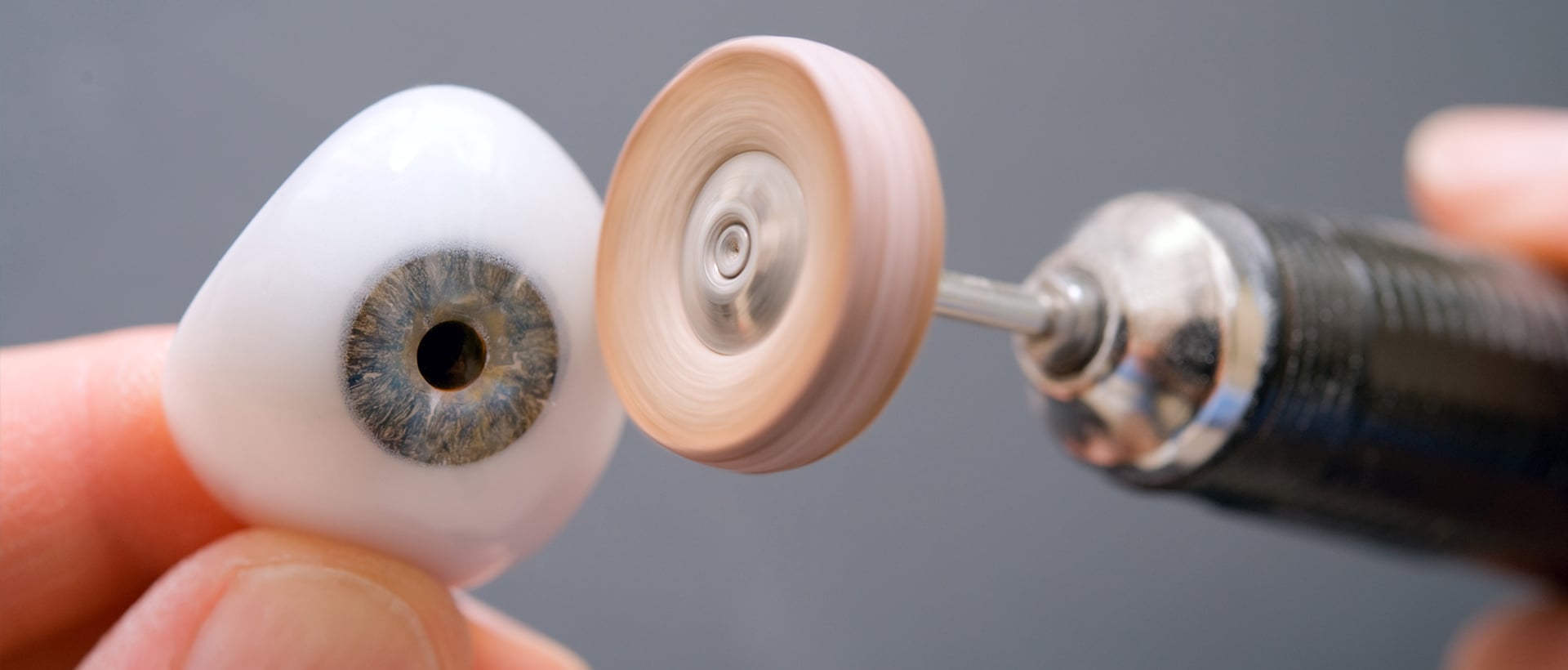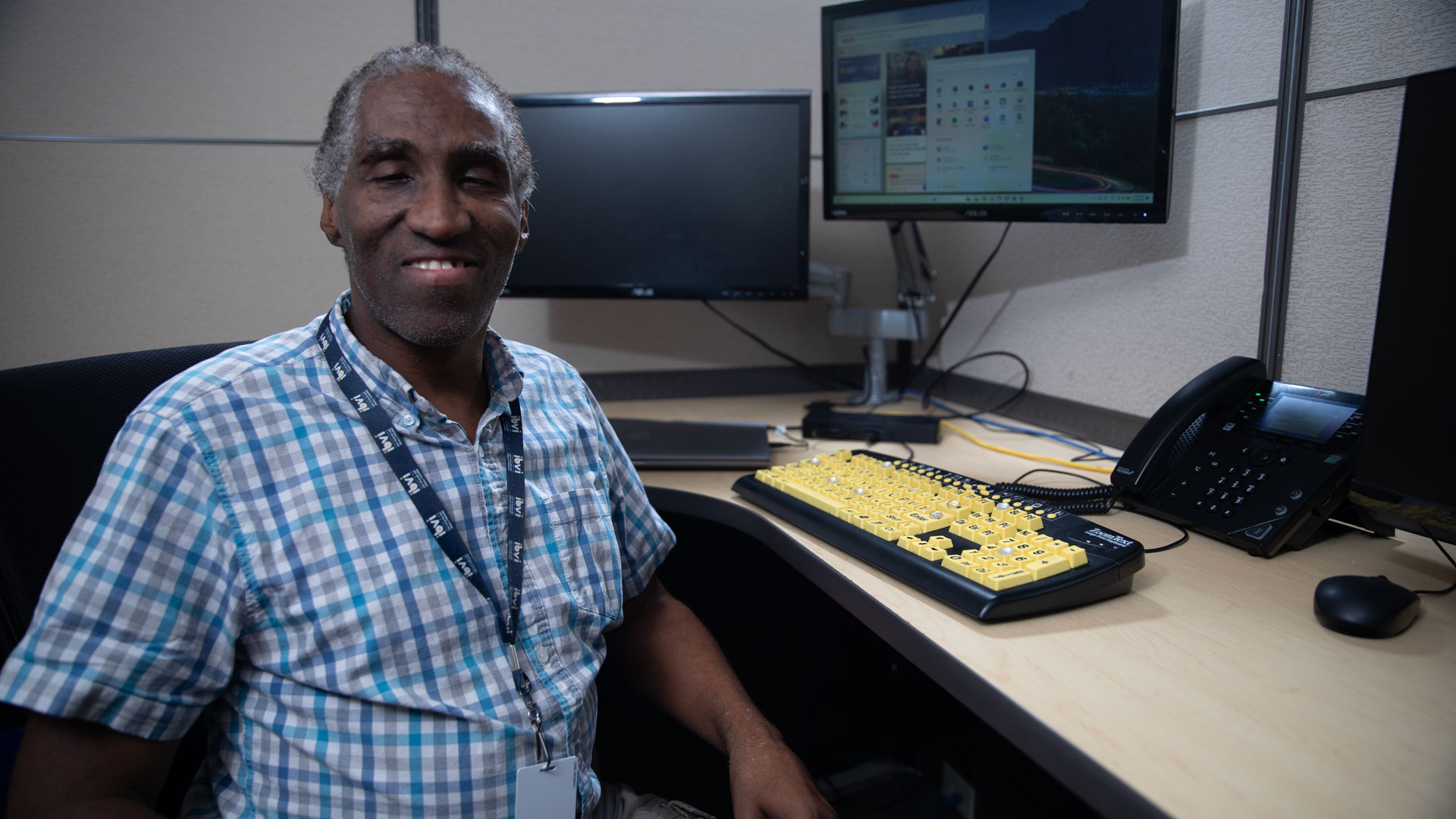What is believed to be a mixture of art and science, the creation of prosthetic eyes – or ocular prostheses – is a craft that dates back to ancient times. A prosthetic eye can improve the appearance of a person who lost an eye to injury or disease and provides an invaluable boost of confidence to those who use them. Throughout history, both the materials used and function of artificial eyes has evolved greatly.
As early as fifth century B.C., Egyptian priests were the first documented ocularists – a phrase later developed for those who specialize in the fabrication and fitting of ocular prostheses. The eyes were made out of painted clay, attached to a cloth and worn outside the socket often for religious or aesthetic purposes. It wasn’t until the 15th century that in-socket artificial eyes were developed, originally out of gold, then later out of Venetian glass. Despite the fact that artisans discovered a formula that was tolerable within the eye socket – users found them very uncomfortable. Improved technique and materials were coming.
Ocular prostheses eventually made its way to the United States in the mid-1800s, continuing to be made out of glass material exported from Germany until World War II. Exports to the U.S. were cut and injured soldiers returning home were in need of artificial eyes. The government, in search of a replacement material, found new plastics. It had been used in dentistry prior to this and, thanks to the Department of the Navy, would be taught and applied to the field of ocularistry.
Today, most artificial eyes are made of hard, plastic acrylic. Implanting a prosthetic eye is almost always recommended after an eye is surgically removed or damaged. This can be caused by a variety of things including injury, glaucoma, infection of the eye or eye tumors. The prosthetic includes two parts, an oval, whitish outer shell and a round, central portion painted to look like the iris and pupil of the other eye. Following implantation, the eye attaches to the muscles in the socket to provide movement, making it nearly impossible to tell it’s there. They are also removable.
As mentioned above, artificial eye makers, or ocularists, are considered artists as much as scientists. Creating the eyes requires oil paints to match the patient’s iris color, thread to mimic veins and an assortment of other materials for customizing the prosthetic. There are no schools that teach this craft, so a person must learn through an apprenticeship with a Board Approved Diplomate Ocularist. To reach that level of accomplishment, the apprentice must complete five years (10,000 hours) of practical training.
To hear what it’s like living with a prosthetic eye, as well as some personal experience with the process, tune into the episode, “More Than Meets the Eye” on Blind Living Radio.


